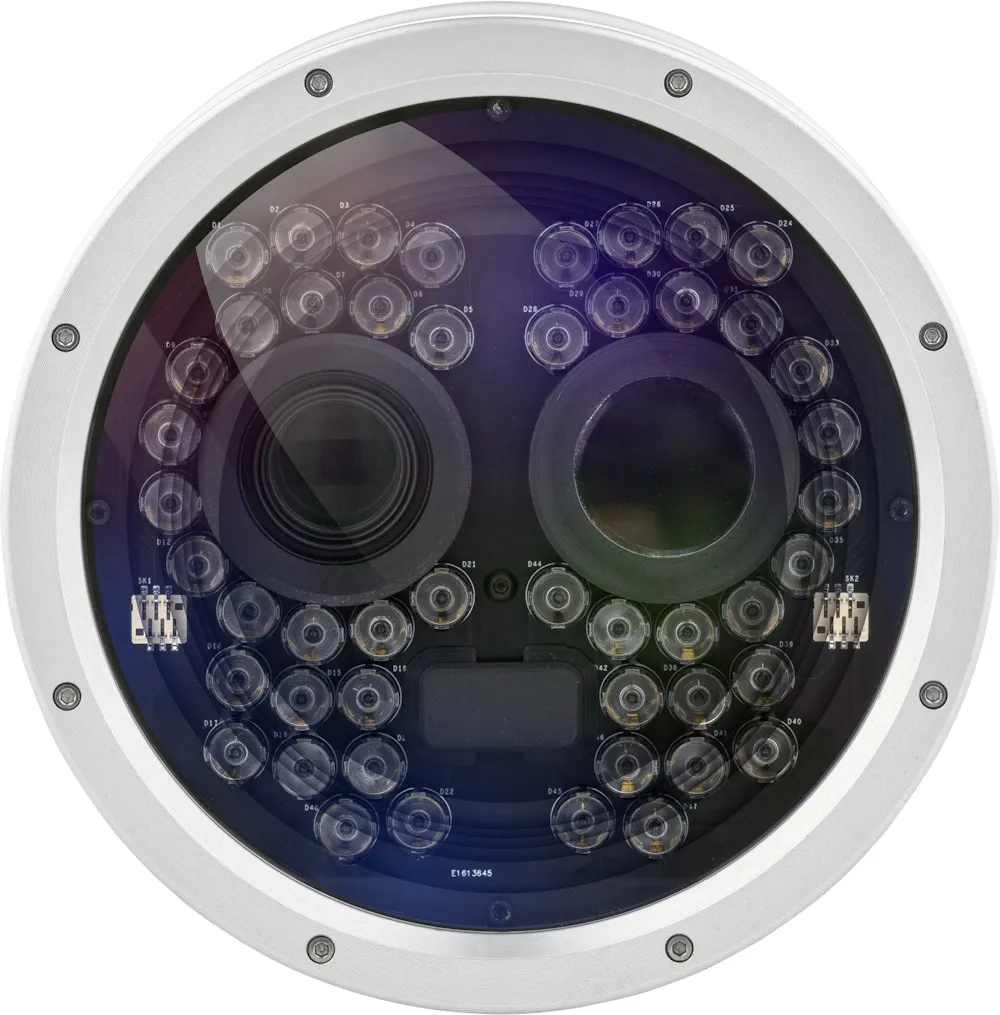Leading Italian ITS company
“We are talking about a totally new ANPR range using technology that is revolutionary, not just for Tattile but for the whole sector,” says Tattile’s Massimiliano Cominelli. “To date, there are no cameras with the features and performance of what we will unveil at Intertraffic.”
Housed within a totally new, futuristic design that complements the current needs of urban design, the new ANPR camera range will feature a context picture plus night vision as well as advanced software for vehicle detection and classification. According to Cominelli, this latest innovation from Tattile has a wide range of applications from parking to free-flow tolling and enforcement.
Tattile says the world launch of the new range will take place on its stand at Intertraffic on the opening day of the event, 5 April, at 10.00am.
The company will also be showing the Vega Speed, the innovative new speed enforcement camera Tattile launched just a few months ago. Its main application areas are Instant Speed Enforcement and Average Speed Enforcement. In addition to being so light and compact, a key feature of the device is the level of integration that has been achieved.










